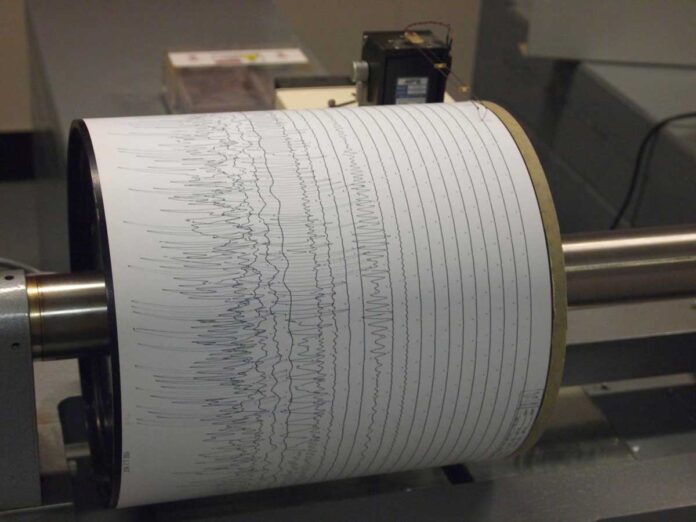In laboratory earthquakes, an artificial intelligence approach borrowed from natural language processing much like language translation and autofill for text on your smartphone can predict future fault friction and the next failure time with high resolution. The technique, which applies AI to the fault’s acoustic signals, advances previous work and goes beyond by predicting aspects of the fault’s physical system’s future state.
“Simply put, we forecast future conflict. That has never been done before, and it offers a potential path to near-term earthquake timing forecasting on Earth “Chris Johnson, co-lead author of a paper on the findings published in Geophysical Research Letters, agreed.
The paper’s corresponding author, geophysicist and Los Alamos National Laboratory Laboratory fellow Paul Johnson, leads a team that has made steady progress in applying various machine learning techniques to the challenge of forecasting earthquakes in the laboratory and in the field.
“As we now demonstrate, the acoustic signals emitted by the laboratory fault contain foreshadowing information about the future fundamental physics of the system throughout the entire earthquake cycle and beyond.” “I’ve never seen anything like it.”
To predict the frictional state, the Los Alamos team used a deep-learning transformer model on acoustic emissions broadcast from the laboratory fault.
“The deep-learning transformer model we used is equivalent to a language translation model, such as Google Translate, which uses a codebook to translate a sentence to a different language,” Chris Johnson explained. “Think of it like writing an email in English and having the AI translate it to Japanese while also anticipating your words and autofilling the end of the sentence.”
According to Chris Johnson, the AI “takes data of what’s happening right now and says what’s going to happen next on the fault.”
Previously, the Los Alamos team forecasted fault failure timing in laboratory quakes and historical slow-slip Earth data using a variety of machine learning techniques. Using machine learning to analyse data from laboratory shear experiments revealed that fault emissions are imprinted with information about their current state and location in the slip cycle.
Indeed, statistical features of the continuous seismic signal emitted by the fault identified by machine learning enabled Los Alamos researchers to predict the evolving instantaneous—but not future—fault friction, displacement, and other characteristics, as well as the timing of the next lab quake.
The waveform (or acoustic emission) data is fed into a model to predict the current state of the fault system in the previous work. That prediction includes a countdown estimate, or time to failure, with some degree of uncertainty for the next slip event, which is not a future prediction but a description of the system’s current state.
“We are now making a future prediction based on past data, which goes beyond describing the system’s instantaneous state. The model is learning from the waveforms to predict future fault friction and when the next slip event will occur using only past data and no data from the time step of interest in the future “According to Chris Johnson.
“The model is not constrained by physics,” Chris Johnson explained, “but it predicts the physics, the actual behaviour of the system.”
“The next challenge is whether we can do this in Earth, for example, to predict future fault displacement,” Paul Johnson said. “That’s an open question because we don’t have as large a data set for model training as we do in the lab.” The method could be used in other disciplines, such as non-destructive materials testing, to provide information about progressive and impending damage to a bridge, for example.

